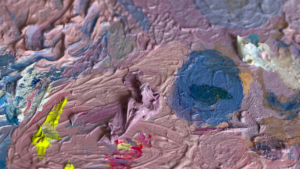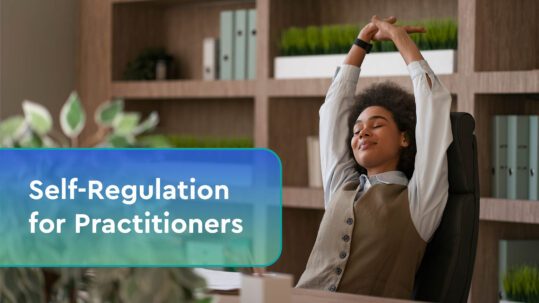Activities to help with stroke recovery
In addition to a healthy diet and exercise, there are many activities that can help someone recover after a stroke. Physical therapy may be necessary for physical recovery, and equally important is exercising the brain. Here are some of the best ways to help the brain along when trying to overcome some of the cognitive effects of stroke.
Cognitive exercises
A stroke patient may work with a Speech Language Pathologist, and Occupational Therapist, a Cognitive Behavioral Therapist, or some combination of these. These clinicians can offer a cognitive exercise program such as HappyNeuron Pro.
HappyNeuron Pro includes exercises that are designed to help with memory, language, and auditory processing. All of these skills can be impacted by a stroke. Working with a clinician on these skills can lead to better outcomes during recovery. The exercises can be completed in sessions with a clinician either in person or through telehealth. They can also be done remotely in the patient’s home.
In addition to the digital program, the HappyNeuron Worksheets offers paper versions of the exercises which can be printed and completed at home. The worksheets can supplement sessions with the digital program. They are also a great resource for caregivers. Caregivers will not have access to the digital program, because it must be used with the guidance of a therapist. However, caregivers can use worksheets as a way to offer help in the patient’s cognitive recovery.
Board games
Board games are a great way to supplement cognitive exercises with a casual and fun activity. Playing board games such as checkers, Guess Who?, Battleship, Backgammon, and Connect Four can exercise memory and visual attention. This provides further exercise to the areas of the brain impacted by the stroke. Board games may help the patient to regain some of their pre-stroke abilities.
Arts and crafts
Activities like drawing, painting, sculpting clay, or coloring help patients work on skills they may need to regain, such as hand-eye coordination and attention. Additionally, creating art offers an outlet to express emotions that may be difficult to express in other ways for a stroke patient. Art is also low stakes and can be very relaxing. Since there isn’t a specific goal, the patient may feel less pressure than with other cognitive activities.

Exercising the brain through cognitive exercises, board games, and arts and crafts activities are great ways for stroke patients to work on their recovery. Other therapies may be necessary as well. While full recovery isn’t always possible, these techniques offer a chance for patients to recover some of their pre-stroke abilities.









